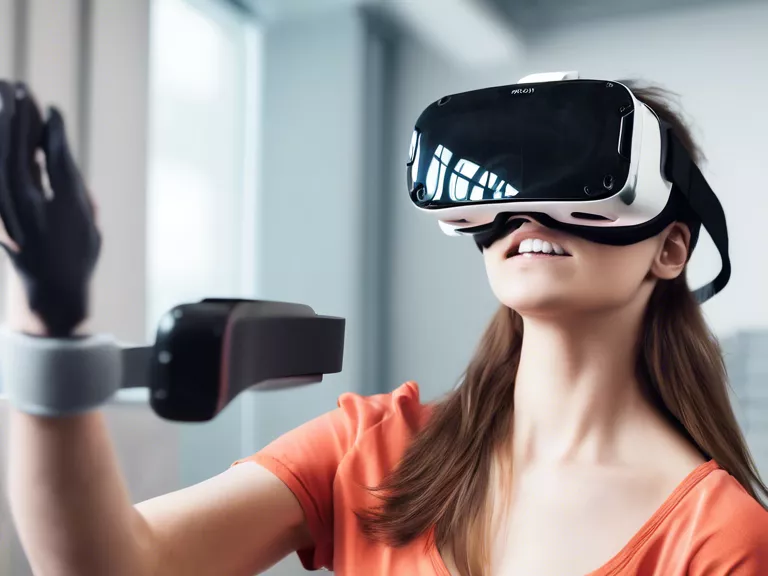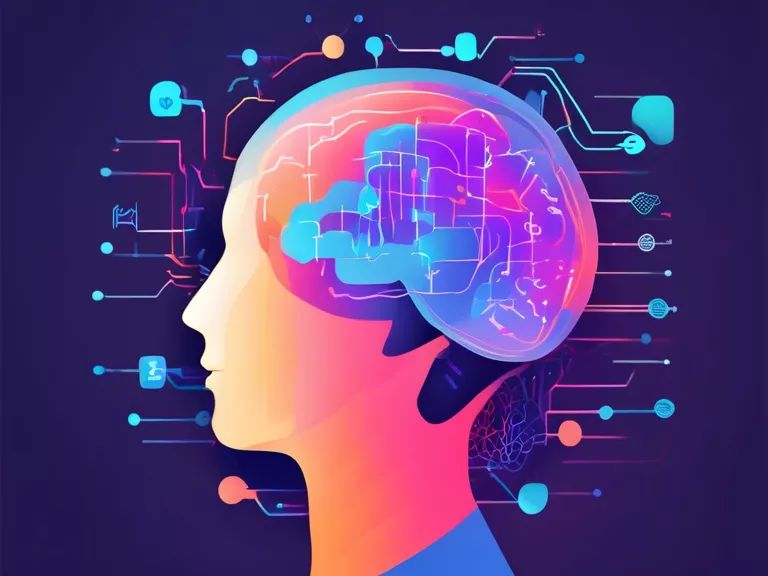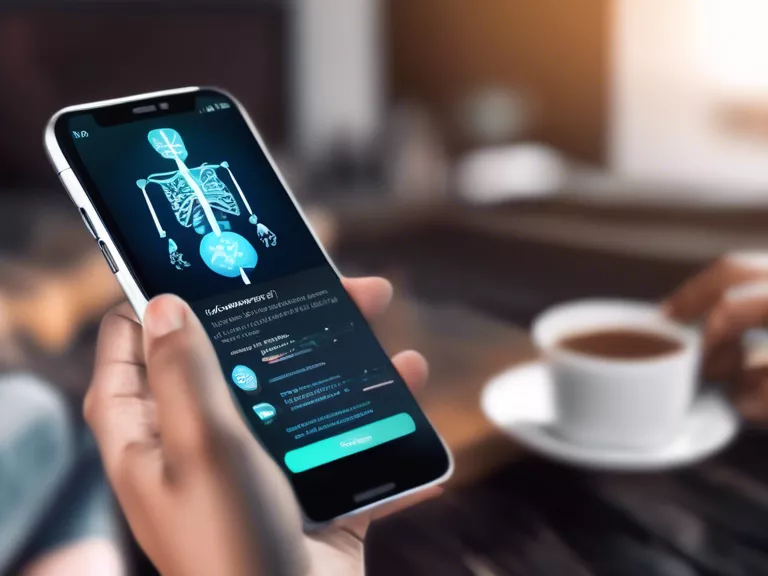
Virtual reality (VR) technology is revolutionizing the field of physical therapy by making rehabilitation exercises more engaging and effective for patients. Traditional physical therapy can often be repetitive and boring, leading to decreased motivation and compliance. However, VR offers a solution by immersing patients in interactive and immersive environments that make therapy sessions more enjoyable and stimulating.
One of the key benefits of using VR in physical therapy is that it can help patients focus on their movements and activities without getting distracted. By wearing a VR headset, patients can be transported to virtual worlds where they can perform exercises and activities that mimic real-life movements. This not only helps improve their physical abilities but also enhances their cognitive and emotional engagement in the therapy sessions.
Additionally, VR can provide real-time feedback to patients about their performance, allowing them to track their progress and adjust their movements accordingly. This instant feedback can help patients understand their bodies better and make necessary corrections to their posture and movements. Furthermore, VR can also simulate a sense of presence and agency in patients, giving them a feeling of control over their actions and outcomes during therapy.
Moreover, VR can be used to gamify physical therapy exercises, turning them into fun and challenging activities that motivate patients to reach their goals. Patients can compete with themselves or others, earn points, and unlock rewards as they progress through their therapy sessions. This gamification element not only keeps patients engaged but also encourages them to push themselves further and achieve better results.
In conclusion, the role of virtual reality in making physical therapy more engaging is undeniable. By leveraging VR technology, healthcare providers can offer more interactive and personalized therapy sessions that lead to better outcomes for patients. As VR continues to evolve and improve, it will undoubtedly become an integral part of the future of physical therapy.



